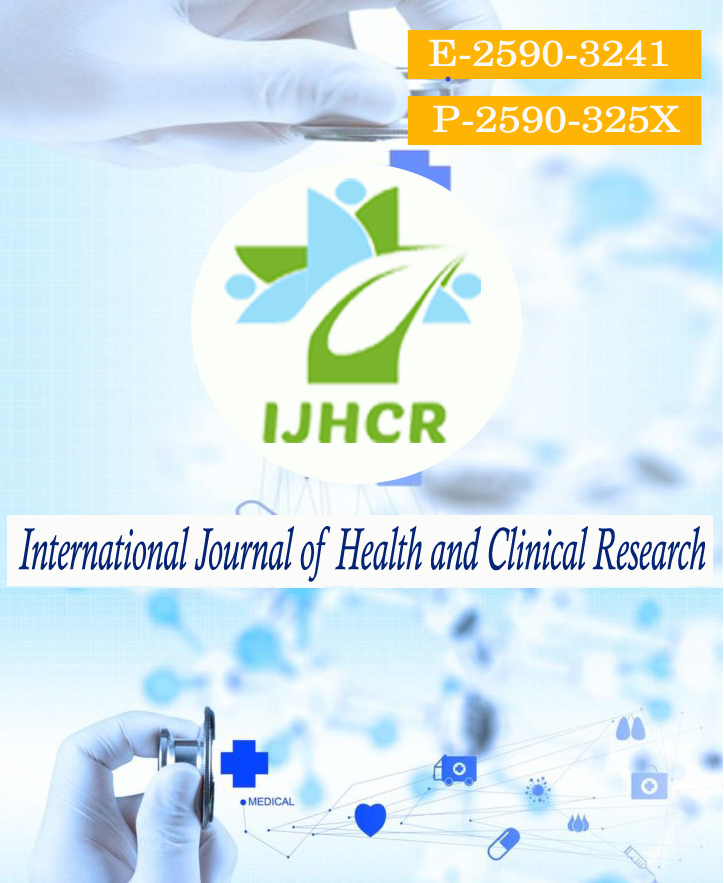Study of Malaria Surveillance indicators of Visakhapatnam (GVMC) and evaluation of the status of functioning of Urban Malaria Scheme (UMS)
Keywords:
Malaria, Surveillance indicators, Evaluation, Urban Malaria Scheme.Abstract
Introduction: National Framework for Malaria Elimination in India (2016-2030) was launched in the year 2016 with an objective of eliminating malaria throughout the country and to prevent not only re-establishment of transmission but also to reach the stage of zero indigenous cases by the year 2030. During the early 1970’s resurgence of malaria, maximum cases (7.4%) and deaths (10.9%) were reported from urban areas where Visakhapatnam was one among them. Urban Malaria Scheme (UMS) was launched in 1971in Visakhapatnam along with other cities like Chennai, Vadodara, Vijayawada, as a component of National Malaria Eradication Program me (NMEP) to reduce/interrupt transmission particularly effecting the towns and cities. Methods: The present study period is from 2012 to 2020. Secondary data has been collected from GVMC Chief medical officer, District and Zonal malaria offices with their approval. The present study design is retrospective trend analysis of malaria surveillance indicators of GVMC. Year wise parasitological indices were estimated. Vector density was also obtained for the study period. Integrated Vector Management (IVM) is prime activity in Visakhapatnam city under Urban Malaria Scheme (UMS). Results: Blood smear collections, total number of fevers subjected to blood smear examination, smear positives, type of malaria, estimation of API (from ABER and SPR) which is the key indicator for categorization of states and district falling under stage of elimination of malaria. Starting from the year 2013 there is consistent fall of API (2.21-0.02) and SPR (3.24-0.05) There is an under-reporting in the year 2020 where sufficient number of blood smears could not be collected under active and passive surveillance. The main activity of malaria control in GVMC under Urban Malaria Scheme is IVM which brings down the critical density of the vector for transmitting the malaria parasite. Deaths were not reported throughout the time line. Conclusion: It is evident that Visakhapatnam city parameters of malaria surveillance are comparable to that of country wide malaria surveillance data and GVMC is already a partner in National Frame work for Malaria Elimination in India (2016-2030) and hopefully reach the objective by 2030.
Downloads
Published
How to Cite
Issue
Section
License
Copyright (c) 2022 M Satyanarayana Raju, E Ravi Kiran, N Udaya Kiran

This work is licensed under a Creative Commons Attribution 4.0 International License.






 All articles published in International Journal of Health and Clinical Research are licensed under a
All articles published in International Journal of Health and Clinical Research are licensed under a 